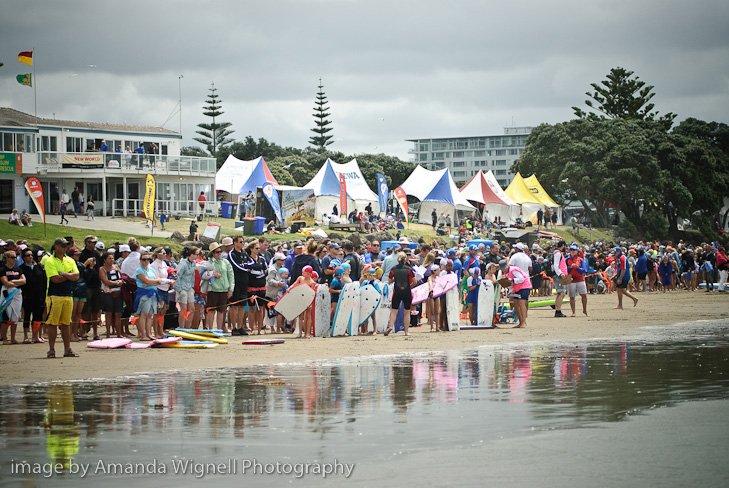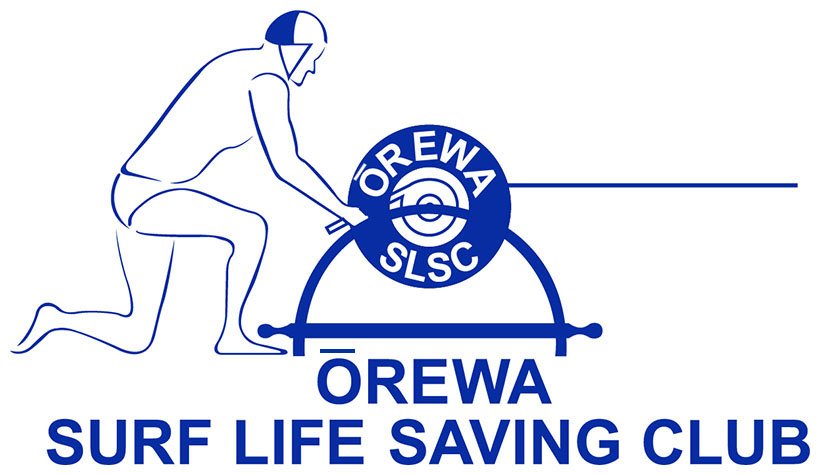
POLICIES
& Club Structure
Policies
CLUB POLICIES
Ōrewa Surf Life Saving Club Constitution
SLSNZ Membership Declaration and Ōrewa Code of Conduct 2022
Covid 19 Operational Safety Plan - 13 December 2021
Ōrewa SLSC Brand Manual - May 2023
GENERAL POLICIES
GN01 - Wearing of High Visibilty Vests Policy
GN02 - Code of Conduct - February 2017
GN03 - Complaints Policy - February 2017
GN04 - Operational Committees - July 2017
GN05 - Ōrewa SLSC Member Protection Policy - September 2021
GN06 - Ōrewa SLSC Health & Safety Policy v2 September 2021
GN07 - Ōrewa SLSC Alcohol Policy September 2021
GN08 Ōrewa SLSC Travel & Overnight Policy September 2021
GN08 - Appendix 1 only : Consent form over 14 yrs
GN08 - Appendix 2 only : Consent form under 14 yrs
EQUIPMENT POLICIES
EQ01 - Stand Up Paddleboard Use - September 2012
EQ02 - All Equipment Use - May 2013
CLUB RULES - GENERAL REQUIREMENTS
Clubhouse
Please treat the clubhouse with respect.
Members and guests are requested to act in a responsible manner at all times that will reflect only goodwill towards our voluntary service.
The lounge, kitchen, bunk room and toilet areas (upstairs) are a "dry zone". ALL wet bodies, wetsuits, swimwear and towels to be kept in the gear shed and shower area downstairs.
Be a tidy kiwi and clean up your own mess - others use the facilities.
Put things back where they belong.
Overnight accommodation at the Clubhouse is primarily for lifeguards.
Promptly report any damage
Gear
All gear is to be washed and put away in the correct place after use. If your child is not tall enough to put away the gear safely, you must assist them.
Your coaches will let you know which gear you are able to use.
The locked gear is only to be used while at club training sessions when a nominated coach is in attendance. Some of this gear is privately owned. Do not use under any circumstances.
There is a training pool of gear that is available for you to use outside these sessions. You are responsible for putting this gear away after use.
All damage must be reported immediately. If your coach or a team manager is not present, you must notify them by phone.
CLUB RULES - SAFETY REQUIREMENTS
200m Patch
Junior Surf members MUST attain their 200m patch before they can train or compete in water events which go beyond waist depth.
This is a mandatory safety requirement which demonstrates that members are confident in the ocean and capable of returning to shore if they are seperated from their equipment. To gain a 200m patch, members must complete a 200m ocean swim with 1 minute treading water in under 8 minutes total using a competent freestyle stroke. Members who attain this level will be provided with a higher level of water event training. The club runs 200m patch trials on a periodic basis over the season. 200m patches must be visibly displayed on club togs for members to use club equipment.
Skull Cap
It is compulsory for any under 14 year old members who are undertaking club training or using club owned equipment on the water, to wear their Orewa SLSC skull cap. This is an identified hazard management strategy so that water safety personal and lifeguards are able to clearly identify the difference between Under 14’s and Over 14’s on the water.
High Visibility Vest
High Visibility Vests are a piece of Personal Protective Equipment (PPE) that is compulsory when you are undertaking club training or when using club owned equipment on the water and it plays an important role in:
Showing our community how often and hard we train to be the experts in the water environment.
Showing other water users where we are training and clearly identifies us as a group and not individual beach users.
Assisting lifeguards and fellow search and rescue personal in retrieving a clubbie should they fall unconscious or slip under the water during training or in a race.
It is your responsibility to arrive at training with the correct equipment and to take responsibility for PPE. Coaches, sweeps and managers are very busy organising training plans, water safety requirements and trying to make sessions fun and don’t want to be tied up managing disorganised members.
Surf Life Saving Certificate - for Parents, Guardians, Coaches and Assistants
All helpers, coaches, assistants and officials responsible for children in water events must attain a minimum of the Surf Life Saving Certificate. The examination includes:
200 metre swim in 4 ½ minutes, OR, Run - Swim - Run (100m x 100m x 100m) in under 5 minutes.
Towing a patient in a rescue tube a minimum distance of 30 metres. The rescuer wears fins.
All helpers for swim and board events and training will be required to have fins.
5:1 Ratio Supervision
As another STRICT mandatory safety requirement, we require a minimum supervision ratio (in any water activity, regardless of depth) of 1 adult IN THE WATER per 5 children. On rough days, we may increase this number. If we cannot reach the required ratio, the water events will be cancelled.
Police Checks
As further protection for our junior and senior members and the organisation as a whole, SLS Northern Region now requires that a police check be carried out on all adults in direct contact with children. This is a check for crimes against children and those of a vulnerable nature ONLY. Any concerns are notified to the SLSNR CEO only and are treated with utmost confidentiality.
Associate Membership
All people who wish to contribute or participate directly with the nipper training sessions as a coach, team manager, or coaching assistant (including parent helpers) must hold or obtain a minimum of Associate membership with Surf Life saving New Zealand. As a financial member of SLSNZ you are covered by SLSNR indemnity insurance in the event of accident or injury.
Health & Safety Welfare
It is up to the lifeguard to declare any medical conditions that may affect their capacity to perform lifeguarding duties safely. These may be medical conditions such as seizures, head injuries, cardiac arrhythmia, syncope (loss of consciousness), stroke or diabetes or issues such as fatigue or impaired vision. No lifeguard may perform lifeguarding duties if they have reason to believe their capacity is diminished.
If any member suffers an injury severe enough to cause unconsciousness or amnesia or cardiac arrhythmia, loss of consciousness, stroke, or other cardiovascular cause of incapacitation, they must stop lifeguarding duties, competitive lifesaving and training until a GP or neurologist has medically cleared them.

